Current status of technical infrastructure in the Southeast region
The technical infrastructure system includes transportation, energy, information, communication and other public works. This is the solid foundation to promote sustainable socio-economic development of the Southeast region, a region with a central location, a strategic gateway for sea and air routes of the whole country and the Southern region. Connecting with other regions through 5 modes of transport: road, inland waterway, railway, air and sea. The modern transportation system is the backbone of the economic development of the Southeast region. Inter-regional expressways such as Ho Chi Minh City - Long Thanh - Dau Giay, My Phuoc - Tan Van expressways... together with the upgraded and expanded national and provincial highway systems, have shortened the time to transport goods and passengers, reduced logistics costs, created favorable conditions for import and export activities and attracted investment. The Cat Lai international seaport system, Thi Vai port, together with Tan Son Nhat international airport, play an important role in connecting the Southeast region with domestic and international markets.
The Southeast is the load center of the Southern power system, with electricity consumption mainly concentrated in three localities: Ho Chi Minh City, Binh Duong and Dong Nai. The current status of the Southeast region's power infrastructure has shown significant development in recent years. The national power grid has been expanded and upgraded with many large power plants coming into operation, meeting most of the region's energy needs.
The telecommunications infrastructure in the Southeast region has been developed in a synchronous, modern and widespread direction, with large capacity and high speed... The smooth connection between communes, districts and provinces has contributed significantly to the innovation process and promoted socio-economic development.
Provinces and cities in the Southeast region have recently focused on developing digital government infrastructure to better serve the management and leadership work at all levels. Accordingly, all departments, branches, sectors, district and commune People's Committees in the entire region have invested in LAN, internet and wide area network systems. This facilitates the deployment of shared software and specialized software at the unit. Ensuring information safety and security during the process of connecting and sharing information and data is always a focus of the units.
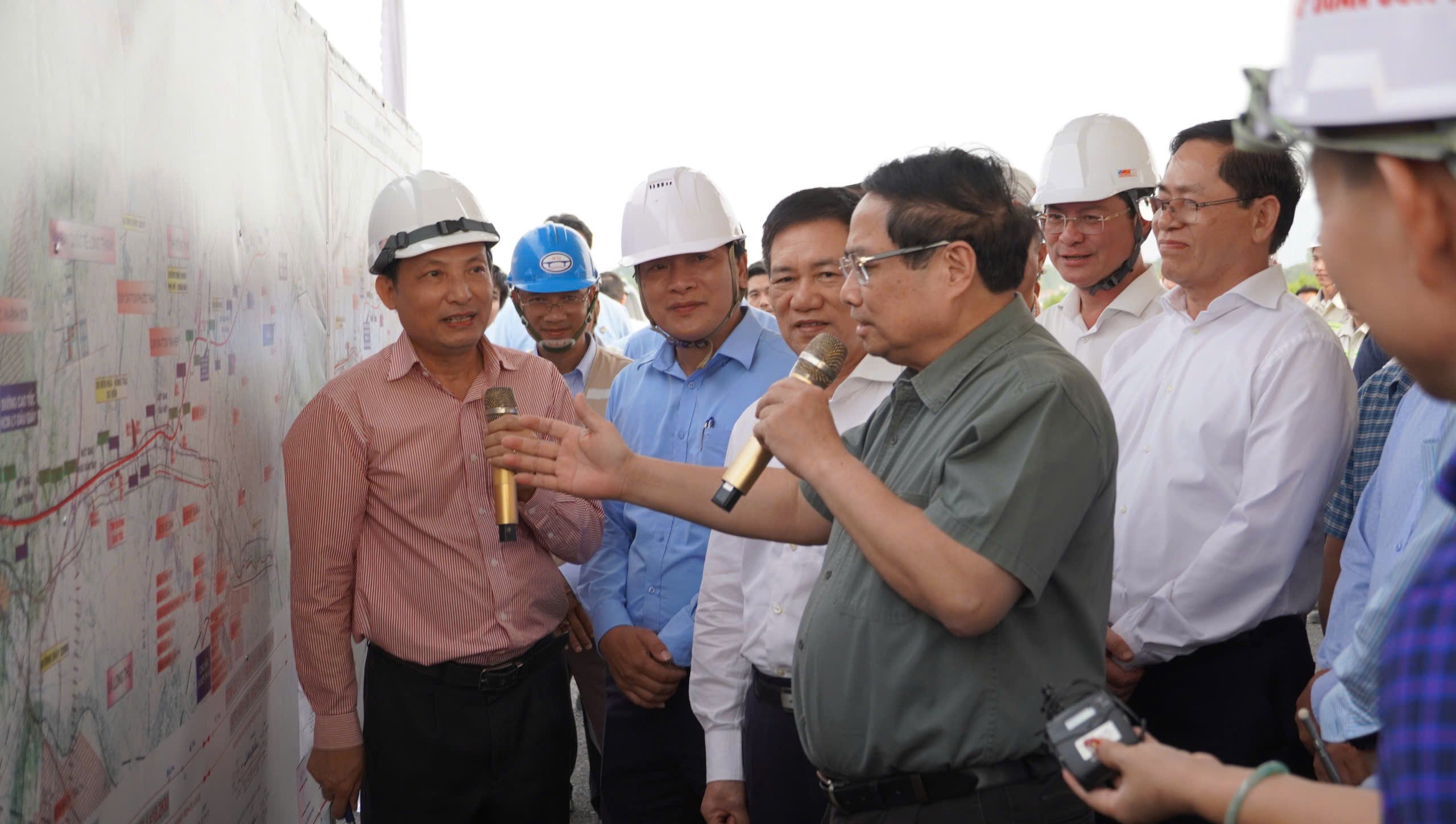
“Bottlenecks” in technical infrastructure
In the process of development, the Southeast region has been facing limitations and challenges caused by "bottlenecks" in technical infrastructure.
Firstly , regarding road traffic, in recent times, the main roads connecting seaports have continued to be invested in and built. However, some inter-regional and radial roads are overloaded. The beltway system of the region is slow to be implemented, so the flow of passenger and cargo vehicles must go around National Highway 1A, 1K or go through urban areas, causing many accidents, traffic jams, air pollution and noise. In addition, the region still lacks bridges over large rivers such as Dong Nai, Saigon, Nha Be, Vam Co rivers, etc., increasing the transport distance. Infrastructure has not kept up with the socio-economic development needs of the region and is increasingly overloaded; traffic congestion on national highways and inner-city roads is increasingly serious.
Second , on inland waterways and sea routes. For inland waterways, because most of the bridges on the inter-regional inland waterways have low "clearance", it has a significant impact on the efficiency of freight transport between the Southeast region and the Mekong Delta. Moreover, climate change and rising sea levels are directly affecting ports and inland waterway routes. For sea routes, some container ports at Cai Mep - Thi Vai have not been exploited effectively, with few goods, while goods are still concentrated at Cat Lai port, Ho Chi Minh City. The road system connecting to some ports is still incomplete, some routes have been invested but are slow and not synchronized with the scale and progress of port exploitation.
Third , about railways and airways. The main railway network is not yet developed, the existing North-South railway line has poor infrastructure, many sections intersect with urban streets; there is no direct connection to seaports in the region. Investment in the urban railway system is still slow, only one Ben Thanh - Suoi Tien route is about to be put into operation. The passenger and cargo transport capacity at Tan Son Nhat International Airport is located right in the city center, so traffic congestion often occurs on the routes leading to and from the airport and is becoming overloaded.
Fourth , telecommunications infrastructure has not yet been able to fully meet the needs of people and businesses. The gap in internet service quality between urban and rural areas is still very clear. Meanwhile, the planning and development of telecommunications infrastructure is still lacking in synchronization, especially between telecommunications infrastructure and other technical infrastructures (transportation, water supply and drainage, lighting, electricity, etc.). Investment funding for the task of ensuring network information security is still low.
Fifth , due to being built a long time ago and being frequently affected by natural disasters and lacking regular maintenance funds, the irrigation system and rural water supply works are deteriorating. Works serving diverse and high-tech agriculture have not been invested in synchronously, leading to low service efficiency. The irrigation system to prevent flooding in Ho Chi Minh City has been under construction for a long time, so it has not been effective.
Sixth , the power supply infrastructure has not kept pace with economic growth, causing production disruptions and reducing productivity and competitiveness of businesses. The lack of clean water, especially in the dry season, affects people's lives and production activities, especially in water-intensive industries.
Seventh , urban planning and management are not synchronous and not really effective in infrastructure development. The lack of clean land for industrial and housing development causes high investment costs. Solid waste management and wastewater treatment are not good, causing environmental pollution.
Eighth , infrastructure at the regional and inter-regional levels is still not meeting demand, hindering the development and spread of the region. The lack of synchronization in the development of transport modes, as well as between the transport system and seaports and logistics centers, has led to delays in the circulation of goods. This reduces competitiveness and hinders the development of the region.
Ninth , the quantity and quality of human resources working in the field of technical infrastructure are still lacking and weak, not meeting the needs of rapid development and deep international integration.
The shortcomings in technical infrastructure have been pointed out in Resolution No. 24-NQ/TW, dated October 7, 2022, of the Politburo, "On the direction of socio-economic development, ensuring national defense and security in the Southeast region to 2030 with a vision to 2045" (Resolution No. 24-NQ/TW): "The regional and inter-regional infrastructure network, especially the intra-regional and inter-regional transport infrastructure, is still lacking, weak, and not synchronous, affecting the development and spread of the region. Some key projects are behind schedule. The situation of traffic congestion and serious flooding is slow to be resolved" needs to be resolved.
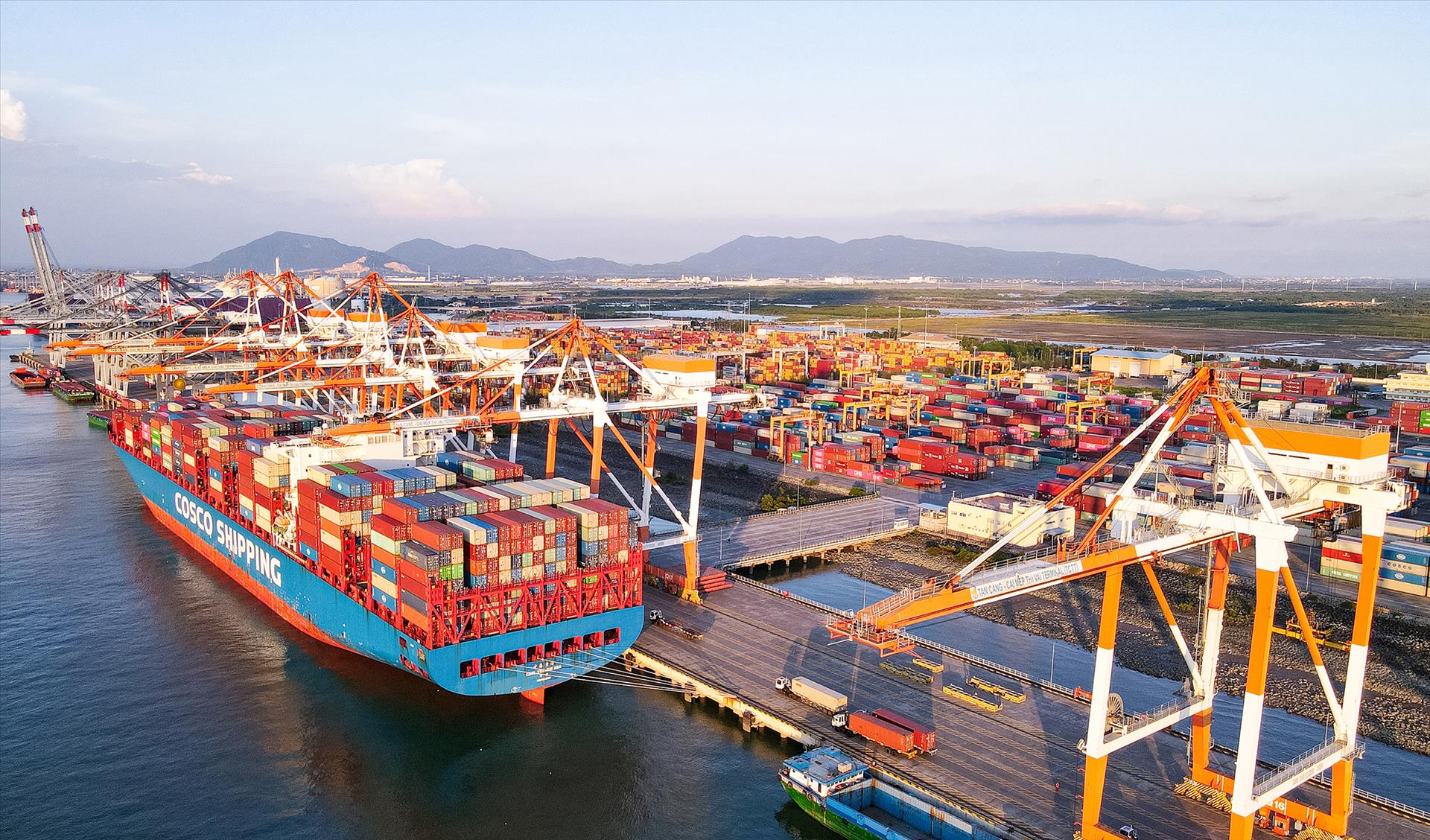
Unblocking infrastructure "bottlenecks" so that regional growth matches potential
Building the Southeast region into a dynamically developing region with high economic growth rate, the largest growth driver in the country; a center of science - technology and innovation, high-tech industry, logistics and a highly competitive international financial center in the region... is the viewpoint identified in Resolution No. 24-NQ/TW. This requires relevant levels and sectors to have synchronous solutions to promptly resolve "bottlenecks" in technical infrastructure, thereby maintaining the strong growth momentum of the Southeast region. Therefore, the Southeast region needs to have outstanding incentive mechanisms and policies and strong decentralization and delegation of authority to develop infrastructure, thereby creating a highly competitive investment environment compared to other countries in the region and internationally, attracting large-scale, high-quality investment projects from domestic and foreign investors.
Firstly , the transport system needs to be strongly developed to ensure continuous connectivity between urban areas, economic centres and seaports in the region, as well as between neighboring areas. In particular, focus on investing in the construction and upgrading of inter-regional transport axes, with a focus on expressways such as Ho Chi Minh City - Long Thanh - Dau Giay, Ho Chi Minh City - Chon Thanh - Hoa Lu, Moc Bai - Ho Chi Minh City, Bien Hoa - Vung Tau and Ring Road 3, Ring Road 4 of Ho Chi Minh City.
Develop traffic routes to support the connection of the entire corridor with highways such as Ho Chi Minh City - Moc Bai and Bien Hoa - Vung Tau; at the same time, build the Bien Hoa - Vung Tau railway to connect with the gateway seaport, build the Thu Thiem - Long Thanh metro line to connect to the international airport. Develop Cai Mep - Thi Vai port and build Can Gio port to truly become an international transit port.
Second, promote the connection between the central urban area of Ho Chi Minh City with urban areas in Binh Duong, Dong Nai, and other provinces in the region to form an urban network with synchronous development in urban transport infrastructure, architecture, landscape, utilities, housing and quality of life of urban residents. Implement the TOD (Transit Oriented Development) model with urban chains along public transport routes, thereby reducing investment costs for public transport routes.
Third , the development of digital infrastructure and data infrastructure needs to be accelerated to create a solid foundation for digital transformation, building digital government and promoting the economy and society in the digital age. Focus on developing social infrastructure to meet the demand for high-quality human resources for economic sectors, while providing essential social services to all classes of people. Along with that, the environmental protection infrastructure system also needs to be improved to prevent and combat natural disasters and ensure conditions for sustainable development.
Fourth , promote the construction of logistics centers and highly competitive logistics enterprises. Form an aviation logistics center associated with Long Thanh International Airport; a logistics system at Cai Mep - Thi Vai international transit port. Invest in facilities, apply digital technology, modern management technology in the operation of logistics centers to improve operational efficiency and reduce costs, ensure competitiveness and integration with regional and world logistics centers.
Fifth , it is necessary to focus resources on improving the quality of technical infrastructure of the goods supply chain; comply with and effectively implement the Government's regional development planning policies, including Decision No. 370/QD-TTg approving the planning of the Southeast region for the 2021-2030 period, with a vision to 2050; the Prime Minister's decisions approving the planning of provinces and cities in the region for the 2021-2030 period, with a vision to 2050...
Sixth , promote digital transformation of the Southeast region's supply chain management infrastructure. Digital transformation enables the automation of supply chain activities such as planning, order tracking, inventory management and delivery. Data digitization helps eliminate errors from manual data entry, while increasing transparency and efficiency in real-time data monitoring and analysis, helping to predict demand, manage warehouses effectively and reduce operating costs.
Seventh , strengthen public-private partnership (PPP). Facilitate public-private partnership projects in developing technical infrastructure, from building new roads to developing warehouse infrastructure. Public-private partnership (PPP) is an essential tool to promote economic growth and improve the quality of services for industrial development in the Southeast region.
Eighth , to improve the efficiency of technical infrastructure management serving the supply chain of goods, it is necessary to promote human resource development for the Southeast region. Training and skill development in the fields of supply chain management, logistics and information technology need to be given more attention by provinces and cities in the region. Regularly organize training courses and specialized seminars to update the latest knowledge and technology for human resources. This will contribute significantly to the sustainable development of the region.
Technical infrastructure is the key driving force for the socio-economic development of the Southeast region. Methodical, synchronous and effective investment in the fields of transportation, energy, information, communications and public works is necessary to build a dynamic, modern and sustainable economic region, contributing positively to the socio-economic development of the whole country. The attention of the Government and local authorities at all levels to the completion and upgrading of the technical infrastructure system will determine the success in turning the great potential of the Southeast into reality./.
Source: https://tapchicongsan.org.vn/web/guest/thuc-tien-kinh-nghiem1/-/2018/1076202/phat-trien-vung-dong-nam-bo-ben-vung--can-khoi-thong-%E2%80%9Cdiem-nghen%E2%80%9D-ve-phat-trien-ha-tang-ky-thuat.aspx


![[Photo] The parade took to the streets, walking among the arms of tens of thousands of people.](https://vphoto.vietnam.vn/thumb/1200x675/vietnam/resource/IMAGE/2025/4/30/180ec64521094c87bdb5a983ff1a30a4)
![[Photo] Chinese, Lao, and Cambodian troops participate in the parade to celebrate the 50th anniversary of the Liberation of the South and National Reunification Day](https://vphoto.vietnam.vn/thumb/1200x675/vietnam/resource/IMAGE/2025/4/30/30d2204b414549cfb5dc784544a72dee)

![[Photo] Cultural, sports and media bloc at the 50th Anniversary of Southern Liberation and National Reunification Day](https://vphoto.vietnam.vn/thumb/1200x675/vietnam/resource/IMAGE/2025/4/30/8a22f876e8d24890be2ae3d88c9b201c)


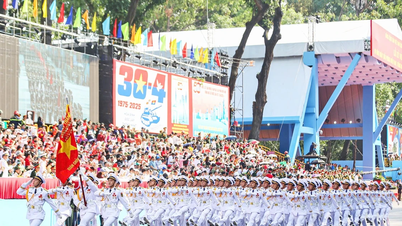
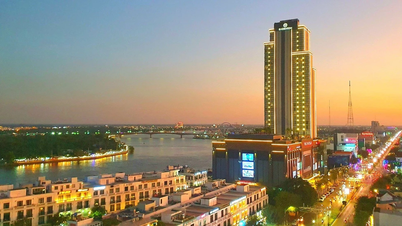










![[Photo] Performance of the Air Force Squadron at the 50th Anniversary of the Liberation of the South and National Reunification Day](https://vphoto.vietnam.vn/thumb/1200x675/vietnam/resource/IMAGE/2025/4/30/cb781ed625fc4774bb82982d31bead1e)















































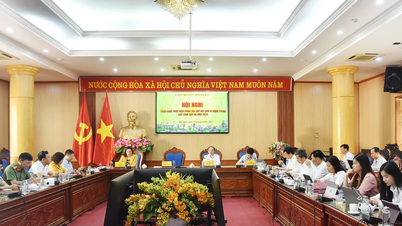





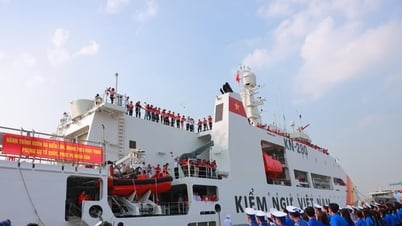

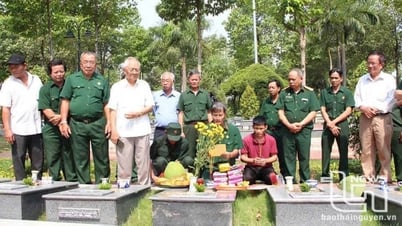












Comment (0)